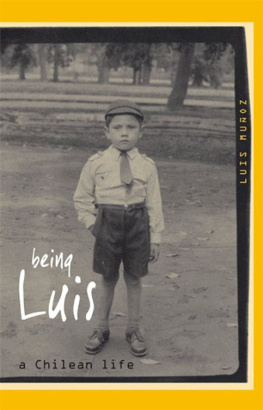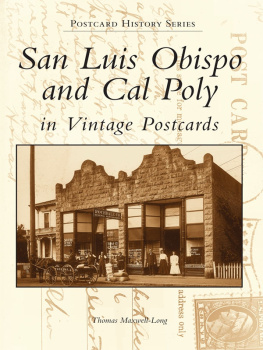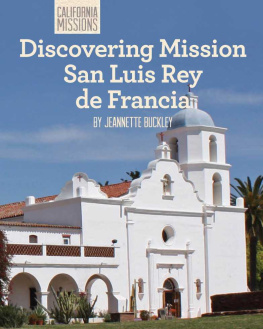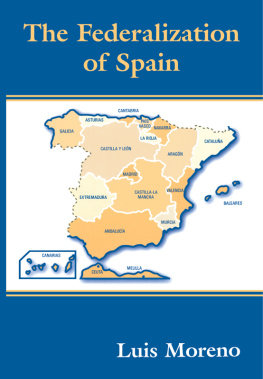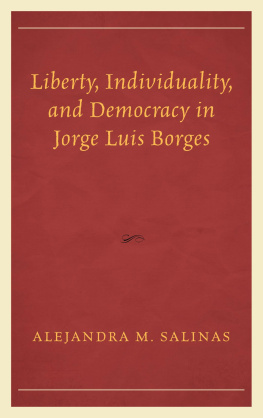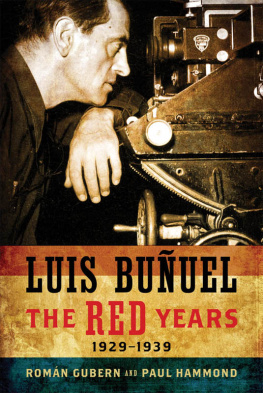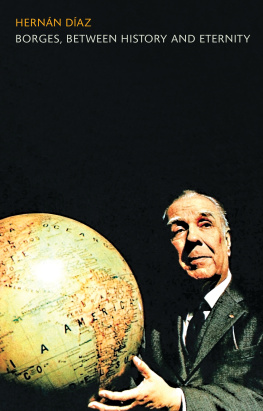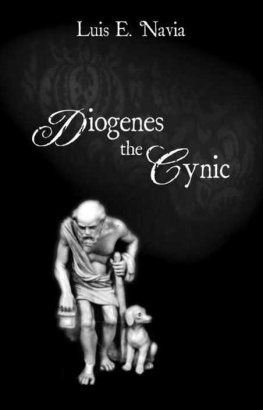
IMAGES
of America
SAN LUIS
ON THE COVER: The civic stature of this building in 1913 is the perfect backdrop for this group of unidentified men to assemble for a historic photograph. Musicians and patriotic horsemen join together with an unknown council, possibly the Sociedad Proteccin Mutua de Trabajadores Unidos (SPMDTU) chapter, for what appears to be an organizational meeting. In response to public outcry from citizens, the county commissioners signed a contract on July 6, 1883, with masonry contractor John Farrington and project superintendent Samuel Tucker to build a suitable courthouse. It was completed that same year for the cost of $12,600. Dedicated in 1883, the Costilla County courthouse is representative of adobe territorial style architecture. It is one of only two intact historic adobe courthouses in the state of Colorado. (Courtesy of Darryl E. Garcia.)
IMAGES
of America
SAN LUIS
Dana Maestas

Copyright 2015 by Dana Maestas
ISBN 978-1-4671-3247-3
Ebook ISBN 9781439649299
Published by Arcadia Publishing
Charleston, South Carolina
Library of Congress Control Number: 2014950706
For all general information, please contact Arcadia Publishing:
Telephone 843-853-2070
Fax 843-853-0044
E-mail
For customer service and orders:
Toll-Free 1-888-313-2665
Visit us on the Internet at www.arcadiapublishing.com
For my children: Bianca, Derrick, Aubin, and Dyami; and grandchildren, Amyas and Soleil.
Para la gente de San Lus.
For the people of San Luis.
CONTENTS
ACKNOWLEDGMENTS
The traditions and culture of San Luis de la Culebra are important parts of Colorado history. This book was made possible through the people of San Luis who have preserved their family history. I am grateful to the following people who have provided photographs and stories about their ancestors: Theresa B. Vigil, Ida Valdez, the Candido Olivas Sr. family, Josephine and Eugene Lobato, Adolfo Lobato, Diana Cortez, Demostenes Vigil II, the Olivia Maestas family, the Lee Madrid family, Francisco Gallegos, Hope Gallegos Yost, the Nesrala Zegob family, Pat and Lorraine Gallegos, Cathy Serna-Egana, Wanda Vigil, Randy Pijoan, Marcella Pacheco, Charlie Jaquez Jr., the Dario Gallegos family, Dana EchoHawk, Ben Doon, Mathew Valdez, Evan Valdez Jr., Pat Trujillo VanZandt, Darryl E. Garcia, Conrad and Acela Garcia, Theresa Medina, Frankie Sanchez, Josito Espinoza, Joetta E. Frost, Victoria Quintana, Monica and Carmen Olguin, Julia Valdez, Iva L. Gallegos, Augustin and Dora Padilla, Beatrice Marquez, Clarence and Casilda Vigil, Larry and Rita Vigil, Maria Mondragon Valdez, Kenneth Gardner, and the Land Rights Council. Thanks to Jessy Randall of Tutt Library at Colorado College, Melissa VanOtterloo and the staff at the Stephen H. Hart Library and Research CenterHistory Colorado, and my editor Stacia Bannerman and publisher Jeff Ruetsche.
Much respect and gratitude goes to Brenda Vialpando and Richard de Olivas y Cordova, who are my go-to people when I need information, and to 92-year-old Libby Rivera, whose feisty nature and humor gives me a glimpse of a past well loved.
A very special thank-you goes to Huberto Maestas and Maria Valdez Bloomfield, who are a tremendous source of support, vision, and encouragement as we journey toward understanding the history of the place we call home.
In memoriam for Henrietta Mascarenas, whose recollections of her father, mother, and grandfather made for a remarkable and memorable day. This work is also in special memoriam for Evan A. Valdez and Louisa Arellano Valdez, whose gifts of love of learning, familia, and faith were my inspiration to share this story.
ORIGINAL TOWN
ORDINANCE OF SAN LUIS
The ordinance is dated May 11, 1863, twelve years after the settlement began.
All the inhabitants shall have the use of pasture, wood, water, and timber and the mills that have been erected shall remain where they are, not interfering with the rights of others. No stock shall be allowed in said lands, except for household purposes. All those who come as settlers shall agree to abide by the rules and regulations and shall keep as good citizens and be provided with the necessary weapons for the defense of the settlement.
Rules for the Town of San Luis of the Culebra are as follows: Inasmuch as no civilized society can endure in good, order, peace and union, which constitutes the happiness of the civilized peoples and establishes the superiority and advantage which Christian people enjoy over the manners of the barbarians, we come to propose to establish the following rules viz:
1st To maintain the cleanliness of the town and not consent that there be placed therein any nuisance.
2nd That drunken revels will not be permitted in the presence of the families of the town, nor fights nor similar disorders.
3rd That no person from outside will be admitted to live in the town, without having previously presented himself before the Judge or Justice of the Peace and received his permission, whether or not he may have acquired property in the town.
4th It will not be permitted that any obstruction be placed in the entrances and outlets of the town.
5th Every one who wishes to take a dwelling or lots in the town, will have to request it of the Judge paying its value which will remain for the benefit of the chapel.
Charles Beaubien
INTRODUCTION
Entering the town of San Luis is like journeying to a different era and culture. Established on April 5, 1851, the traditions in Colorados oldest town remain largely unchanged after 160 years.
At the northernmost area of Spanish exploration in the New World, about 18 pioneers migrated north from New Mexico into the largest alpine valley in the worldthe San Luis Valley. Settlers had come before, but the Utes, who had called the valley home for more than 10,000 years, had discouraged Spanish expansion into their territory.
In the spring of 1851, the following heads of families and single men founded San Luis de la Culebra on the Culebra River (culebra is the Spanish word for snake): Vallejos, Vigil, Gallegos, Martinez, Pacheco, Jacquez, Valencia, and Valdez.
This beautiful village was settled on the Sangre de Cristo Land Grant. In 1843, Carlos Beaubien petitioned the Mexican government for the grant for his son Narcisco and Stephen Luis Lee. Upon the death of his son and Lee in the Taos Pueblo uprising, Beaubien inherited the grant. Recruited by Beaubien and enticed by the promises of La Merced (the Spanish land grant system), pioneers established Colorados first permanent settlement. In 1863, Beaubien set aside close to 900 acres of fertile lowland pasture east of town for use as a vega, a common grazing area. Still in use today, La Vega remains the last true commons in the United States.
Following the pattern of the land grant system, Beaubien gave the people of San Luis and the communities of Chama, San Francisco, San Pablo, San Pedro, and San Acacio the rights to use La Sierra, the nearby mountain tract. Unique to southern Colorado and northern New Mexico, the acequias, an irrigation system, were designed in a way to guarantee agricultural prosperity. This access to communal land and water is not only a necessity but also an ancestral right that benefits all users. It sustains a way of life and preserves a culture in this highly isolated desert region.
The traditions of music, dance, cuentos (stories), Las Posadas, the Sociedad Proteccin Mutua de Trabajadores Unidos (or Mutual Protection Society of United Workers, SPMDTU, the longest-standing Hispanic fraternal organization), and
Next page


